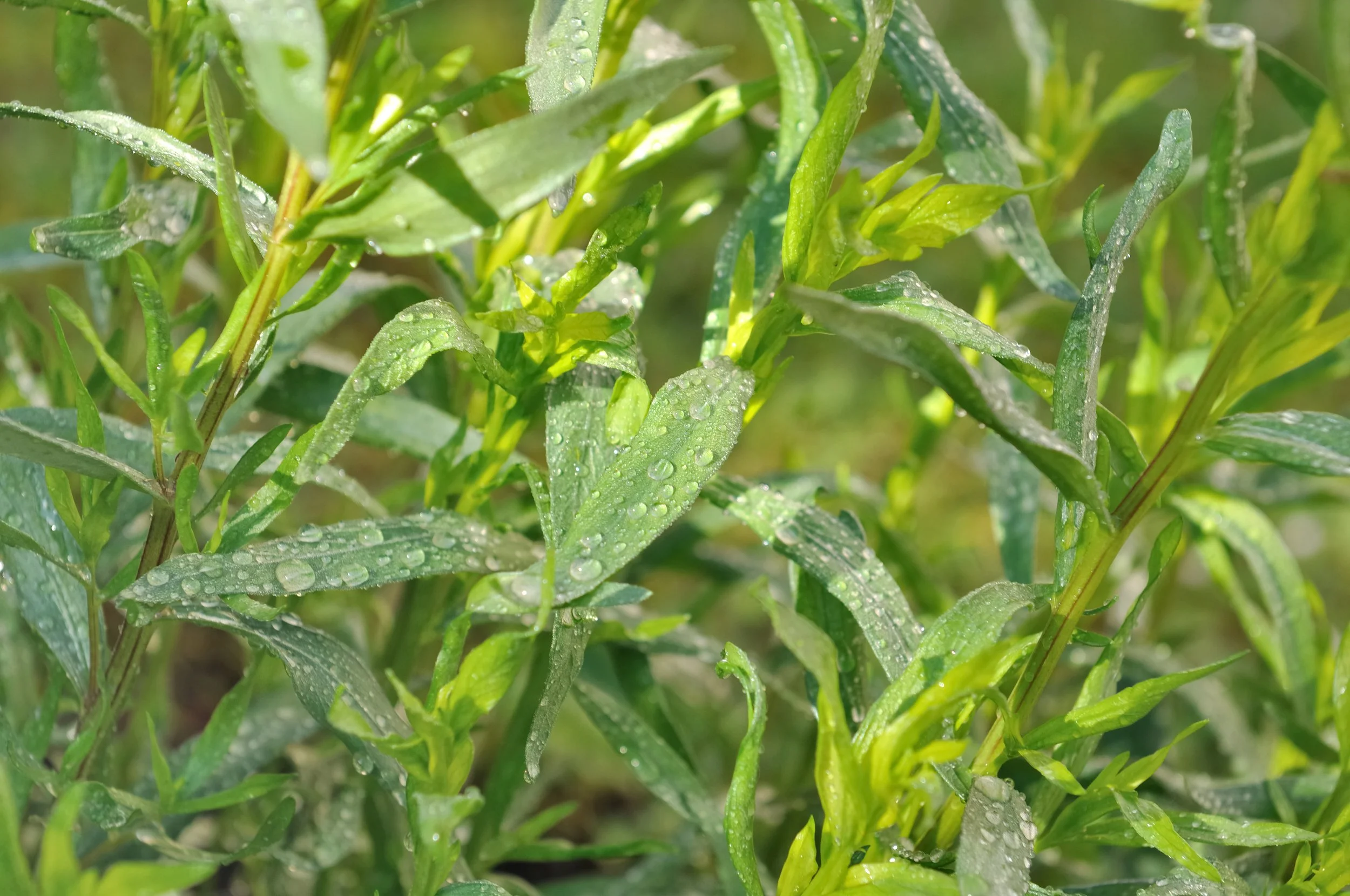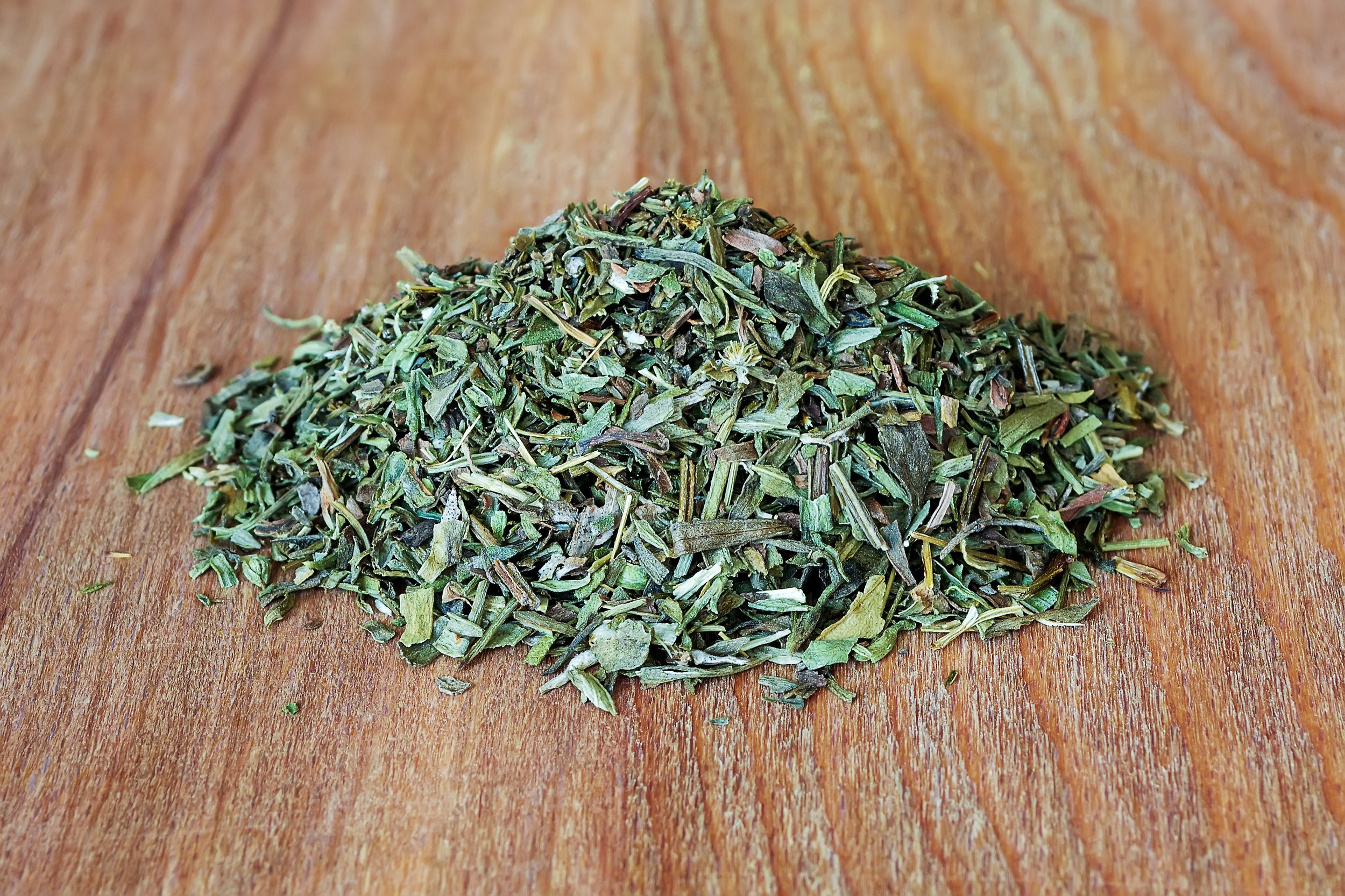Tarragon Harvest, Preservation and Uses
Tarragon is an attractive perennial herb in the Asteraceae family with a pungent anise/licorice-like taste. It is widespread in the wild now across much of Russia, Europe, Asia and North America and is grown worldwide for culinary and herbal medicinal purposes. It is a beautiful bushy garden addition and a great attractor for ladybugs, often found mating in their leaves. Harvest and preservation of this herbal is simple and easy.
The two main types typically known & grown are:
French Tarragon (Artemisia dracunculus) grown from cloning by cuttings.
2. Russian/Siberian Tarragon (Artemisia dracunculoides Pursch) can be grown from seeds, stem cuttings, or root divisions.
Option: A similar alternative option in South America, the Mexican Marigold Mint (Tagetes lucida) offers a unique anise taste to the northern tarragon. It can thrive in heat in zones eight and above in warmer, dryer conditions, not tarragon but taste similar.
Tarragon is known to be an excellent source of minerals like calcium, manganese, iron, magnesium, copper, potassium, and natural zinc. Its leaves are also rich in vitamins such as vitamin C and vitamin-A and B vitamins such as folates, pyridoxine, niacin, and riboflavin.
For Fresh or Frozen Harvesting—
Tarragon leaves are ready to harvest anytime during their growing seasons, with optimal new growth young leaves that may be less bitter. You can cut the tops of the plants a few inches above the ground several times during the growing season for multiple harvests yearly.
Cut back stems to desired heights with cleaned sheers or scissors, leaving 2-3'‘ for regrowth on the plant. Best done in the AM once any dew has evaporated and while the leaves' essential oils and flavour are at their peak.
Only use vibrant green leaves; leave ones with yellowing or signs of stress for home composting teas.
To efficiently process, hold the top of one stem and pinch with the other hand and slide your fingers down the main stem; the leaves will easily fall off in your fingers (see video below.)
Wash collected leaves and pat them dry.
Eat Fresh or put it away for frozen storage.
For Drying & Long Term Preservation—
Cut long stems for air drying, keeping leaves on the main thicker stems.
Group them all together tightly & tie them together at the base of cut stems with string.
Hang upside down in an arid location indoors or out.
The leaves will be ready for storage when they are crisp and dry to the touch.
Over a large bowl or towel, use your hands and easily brush and pull off dried leaves.
Store the dried leaves for teas or process them in a spice grinder or blender to make them into powder to capsule or use is cooking.
Tea time: To make a cup of tarragon tea, add 8 oz. of hot/warm water to 2-3 tablespoons of fresh or 1 tbsp dried leaves. Let steep for at least 5 minutes, strain and enjoy! Great, a sleepy-time tea aid.
Plant Uses & Preparations—
Herbal infusion like tea, food (fresh, juice, dried), tincture, oils, dried in capsules, herbal vinegar.


